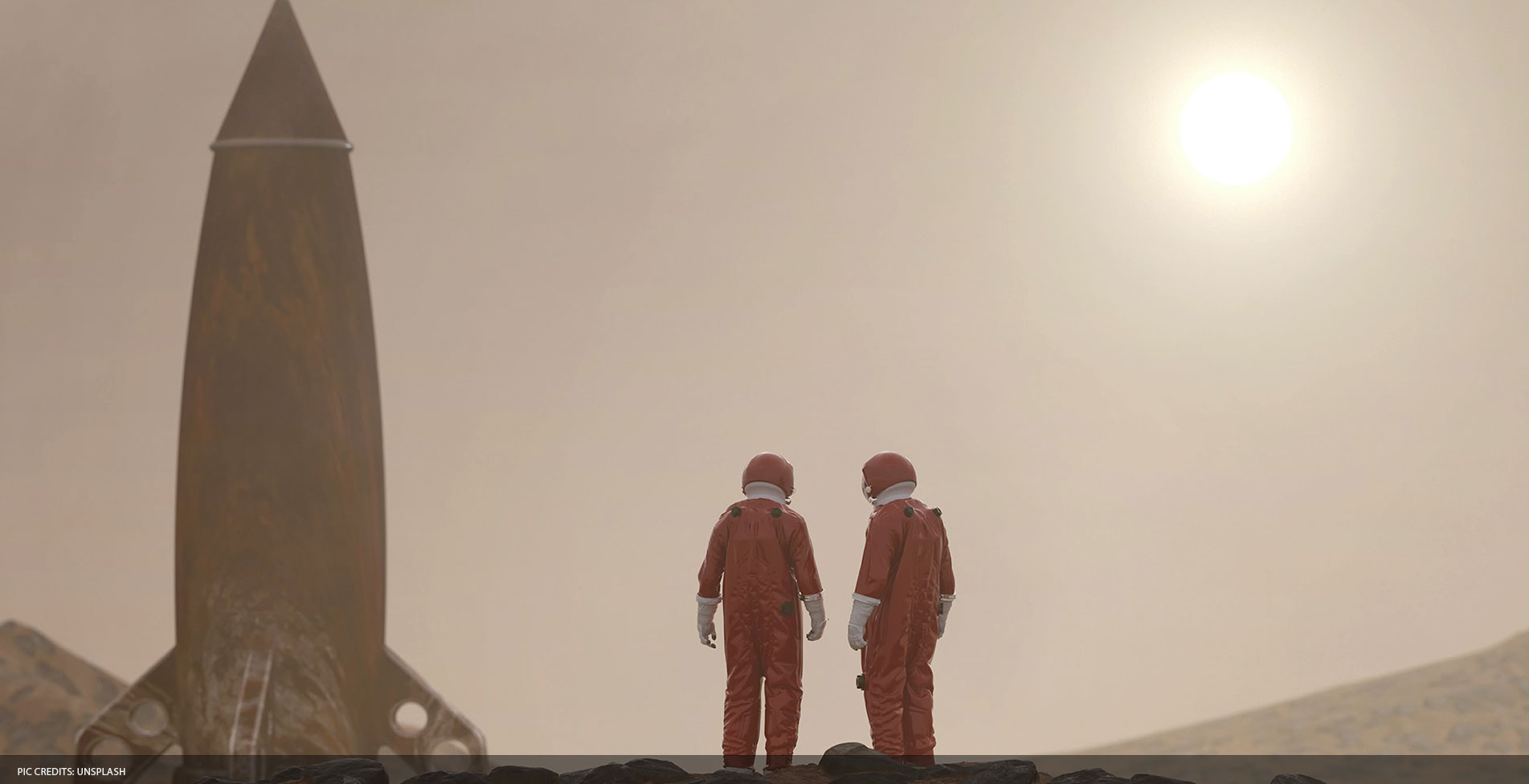
Human desires have risen to explore other planets for safety, security, and well-being, as the earth seems to be less secure place for them to survive in future. Despite the curiosity for extra-terrestrial intelligence, some of the causes for the above thinking are pandemics, political conflicts, escalated racism and violence, natural calamities, a decline of resources, and many more. Human activity will certainly result in climate change, adversely revamping the earth we live in. Crop catastrophe and deforestation have occurred because of life-threatening weather, causing soil structure to be disrupted and significant portions of land to be washed away by torrential rain.
Earth’s Sixth Extinction Level Event (ELE)
We are enduring the Earth’s sixth Extinction Level Event.
Over the last 10,000 years, the rate at which a species extinct is 100-1000 times more than the natural rates. Asteroid hits, atmospheric modification by the emission of methane, super-volcano eruption, or selenium depletion are issues beyond human control. The human civilization that has evolved over the last 5000 years is on the verge of collapsing. All these factors force human migrations to a nearby or distant planet.
According to Jose V. Lopez, the current space science scheme must focus on microbes, for any productive colonization of the solar system by humans. The human cosmos is created in such a way that it is highly adaptable to earth. For any effective space colonization, the swift evolution of these microbes must be extensively studied. In the event of an earth disaster, the terraforming solar system can supply a survival society. With the existing terraforming concepts, research was carried out to prevent fortuitous microorganisms on Earth, from entering extra-terrestrial provinces. Some microbes can produce less CO2 and more oxygen to yield an organic atmosphere. The challenge here is to choose the microbes capable of sustaining in an extraterrestrial environment. Despite its nearness, the Moon is small, desolate, and bereft of atmosphere. Life on the Moon would be like that of a desert, with no chance of ever obtaining water. Other nearby planets, such as the fiery Venus and the gas giants Jupiter and Saturn, are inhospitable to humans. The research throws light towards the next nearest and most friendly planet ‘MARS’.
The main reason could be Mars’s capability of sustaining life compared to any other planet, roughly the same amount of dry land, gravity and temperatures at the limit of human tolerance. According to the Mars-Express mission, there might be the possibility to find subglacial liquid water under Mars’s surface hence organic life. Evidence of metal ores and other vital minerals and sufficient information on frozen CO2 capable of extracting O2, isotopes of hydrogen, and helium, provide a promising Mars colonization. Nevertheless, there are multiple hurdles humans must overcome to successfully build a habitable environment on Mars. The critical problem during this transition is serious health risks due to microgravity. An astronaut on a two-year trip to Mars would expose to extreme deep-space radiation leading to the risk of cancer and adverse psychological impact. Also, the cost of transportation of crew and essential supplies will be inconceivable because of the time-of-flight.
To reduce the negative effect of microgravity on the human body artificial gravity must be simulated in spacecraft during the trip. Altering the design of spacecraft would be the best countermeasure to the dangerous radiation. Researchers have proposed different strategies like terraforming to make the harsh atmosphere of Mars a habitable ecosystem. This method involves three major stages. Initially, raise the temperature on Mars to melt the frozen CO2 to activate the greenhouse effect. Next, initiate a hydrosphere by increasing the temperature sufficient to allow liquid water on the surface creating a hospitable environment for microbes such as lichen, algae, and bacteria. Finally, initial oxygen is added for the primitive plants, and they become the instrument of oxygen production. Considering the limitations, challenges, and solutions, government and private space organizations aim for a possible Mars colonization shortly.….. Get ready for a journey towards the ‘Next Home’!
Prof. Gisa G. S.
Assistant Professor, Department of Aerospace Engineering, ACED, Alliance University
Prof. Yadu Krishnan S.
Assistant Professor, Department of Aerospace Engineering, ACED, Alliance University
